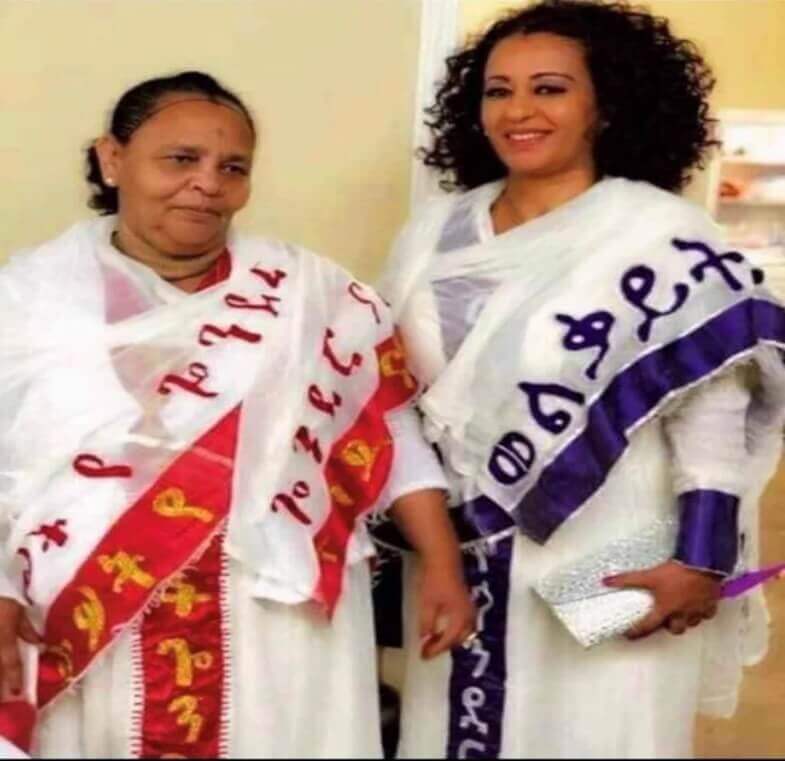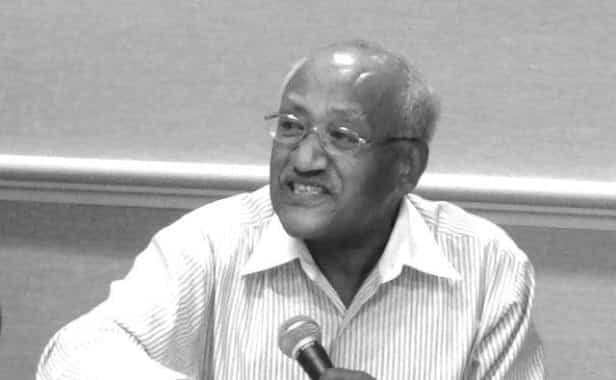 Tsegaye Tegenu, PhD
Tsegaye Tegenu, PhD
In 15th 2023 summit, the BRICS group of nations decided to invite six countries – Argentina, Egypt, Iran, Ethiopia, Saudi Arabia and the United Arab Emirates to join the block. From the beginning of next year, these six countries will join the current five members – Brazil, Russia, India, China and South Africa.
The BRICS bloc was founded in 2009 to provide a platform for its members to challenge a world order dominated by the United States and its Western allies. According to the 2022 World Bank data, the consortium collectively represents 41% of the world’s population and accounts for 26% of the global GDP.
BRICS is not a show platform for heads of states. It is a geopolitical and economic club that rivals the more advanced economies of Group of Seven (G7) comprising Canada, France, Germany, Italy, Japan, the UK and the US. BRICS forge alliance to counterweight the West and ensure institutional independence. They have established various institutions such as the New Development Bank and the Contingent Reserve Arrangement for the purpose of reshaping the global economic governance.
BRICS is a consensus-based organization and all members have agreed on the guiding principles, standards, criteria and procedures of accepting new members. Even though I have no information on criteria for admission, the decision to accept Ethiopia as new member is based on the following reasons:
The first is geopolitics, the influence of geographical features, demography and economic potential of the country on regional politics. Ethiopia is part of the Red Sea region, which is the main export route for Arabian petroleum. Red Sea offers an alternative to the route around the Cape of Good Hope. The Red Sea is not only a vital route for the transportation of oil and goods, the region has also large oil reserves and precious metal resources.
Red Sea is an essential channel, crucial to maintaining many countries’ political and economic stability. Because of its strategic location and economic importance, world powers are attracted to the region and there is a rising militarization of the Red Sea. Ethiopia bordering the Red Sea, is a geopolitical and economic battle-ground for big and medium military powers.
The second reason for selecting Ethiopia is the population size of the country. Ethiopia’s population has now topped 120 million, the second largest population in Africa. According to the projection made by UNFPA (2011), by 2050 Ethiopia’s population is projected to reach 174 million to become the 9th largest country in the world. The population growth is concentrated in the young adult age group (15-29). Currently, about 50% of the country’s population is in the age group 15-29. This is a period of demographic dividend and BRICS countries have a huge supply of working force for investment and industrialization.
The third reason is related to the Nile River, the main source of which is located in Ethiopia. The River Nile also flows through and along the boarders of other African countries, such as Tanzania, Uganda, Kenya, South Sudan, Sudan and Egypt which makes it consider as an international river. The construction of the Grand Ethiopian Renaissance Dam gave rise to long dispute among Sudan, Egypt and Ethiopia. The dispute became international involving the Arab league, EU, US, the UN Security Council and the African Union. The mega-project presents not only a source of energy, but also a diplomatic opportunity for BRICS countries.
The fourth reason is related to motives and efforts of BRICS to have more political influence in Low Income Countries (LIC) through south-to-south cooperation. Ethiopia is a low-income country, with GDP per capita 1027 US$. Even if there are inequalities within their respective countries, BRICS countries have witnessed rapid economic growth in the last two decades. China and Russia have an estimated GDP per capita between 12,000 and 15,000 U.S. dollars per person. Their GDP per capita is roughly 10 times larger than those of Ethiopia. (you can retrieve Worl Bank data from World Development Indicators | DataBank (worldbank.org)
According to World Bank, low-income countries are those which have the weakest economies. The characteristics of low-income countries include: inadequate technology & capital, low saving rates, dual economy, heavy dependence on international trade, rapid population growth, low literacy & school enrollment rates, unskilled labor force, poorly developed institutions, etc. See Wayne Nafziger, ed., (2012), Economic Development. Cambridge.
The fifth reason for the admission of Ethiopia to BRICS club, is a recognition of Ethiopians’ struggle for independence. BRICS countries invariably advocate independent foreign policies and chose to practice independent development path. They seem to be convinced that Ethiopians has a tradition and culture of resisting pressures from outside. When it comes to freedom and independence Ethiopians have the determination, courage and confidence needed to defend it.
BRICS is an emerging power alliance in global investment and trade governance. The trade and investment interactions and cooperations of the BRICS countries will be a driving force of world economy in the coming years. Deeping economic ties with BRICS countries presents a huge potential and opportunity for a self-reliant and sustained economic growth and development for low-income countries such as Ethiopia.
The question, is Ethiopia ready to take this opportunity? Just like any other globalization process and interactions, BRICS has also its own game rules. Foreign trade and investment are the principal propellants of rapid economic growth and structural transformation in BRICS countries. Ethiopia needs a strategic vision document to create macroeconomic and political stability to attract the BRICS countries and take the occasion for the creation of self-reliant economic prosperity. Over the coming weeks I’ll will share with you the different parts of the strategic vision document need to take this opportunity. Stay tuned for a strategic and visionary roadmap document of economic prosperity for Ethiopia.
















